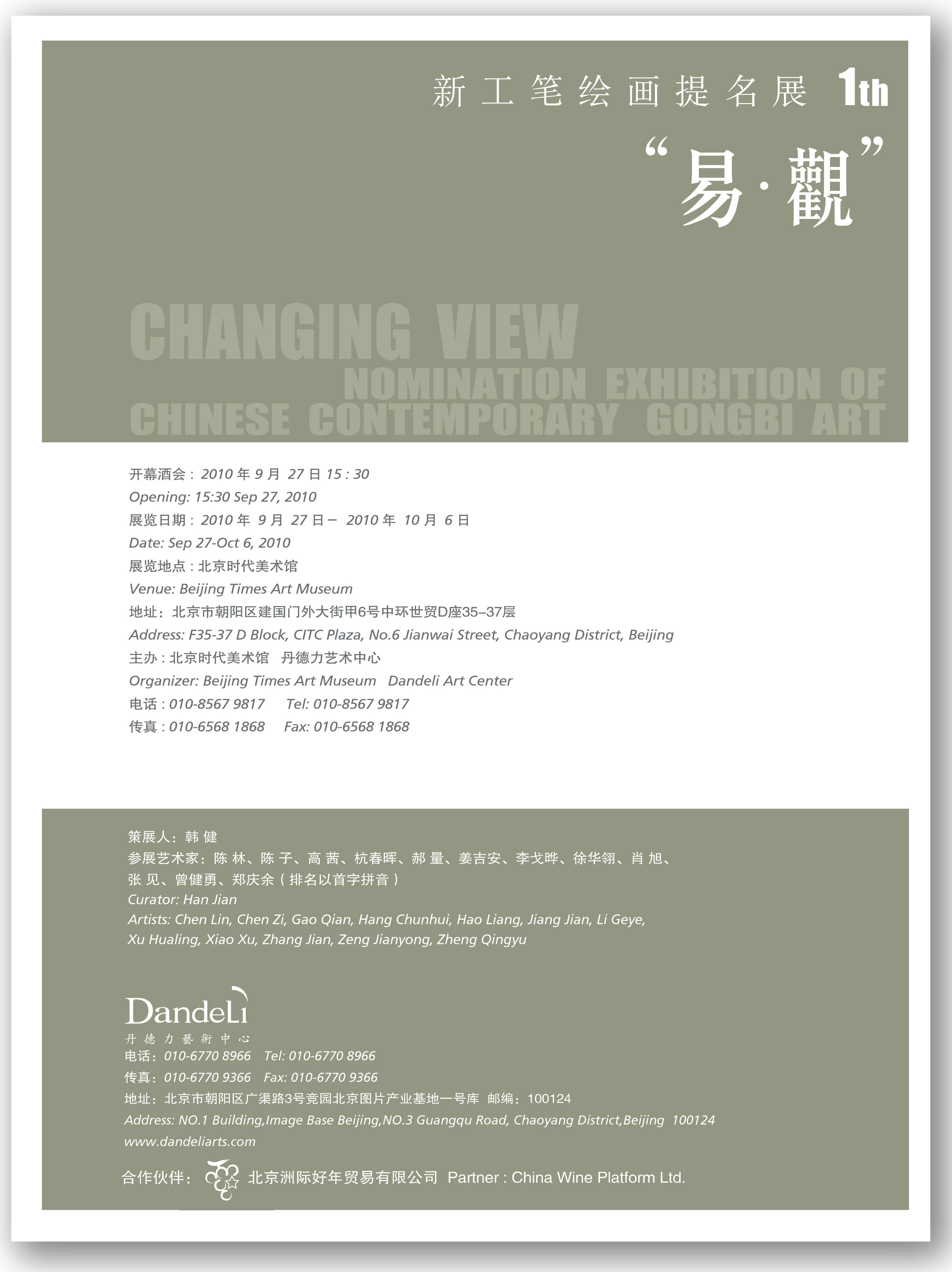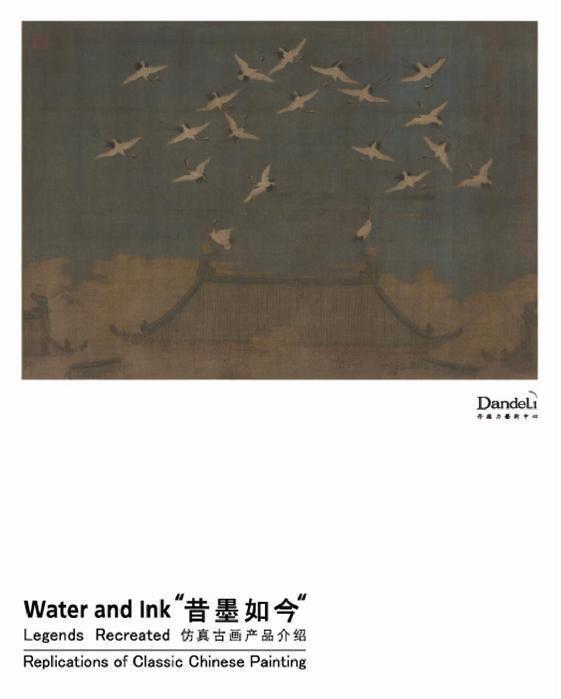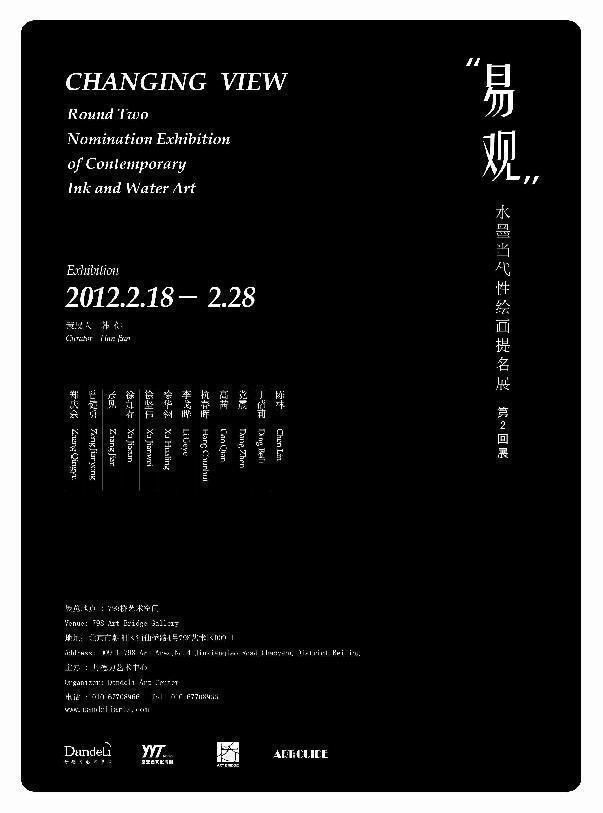Since the beginning of the 20th century, the modernization of traditional Chinese art language dominates the evolution of Chinese art , which has been heavily influenced by the Western art. The purpose of Changing View: Nomination Exhibition of Contemporary Chinese Gongbi Art is to explore the new possibilities of the Gongbi style in representing traditional Chinese art with a contemporary twist. “Changing View,” known as “Yi Guan” (易观) in Chinese. “Yi”, which means “change,” is a word from one of the best known ancient Chinese literature, I Ching: Book of Changes. “Guan” has a number of meanings, including “visual image” and “point of view”. The term “Yi Guan” represents the Chinese view of the world and implies that the new Gongbi style a reinvented traditional Chinese art style and provided people an alternative perspective of Gongbi, one of the oldest Chinese art genres. .
Compared with the abstract and free-brushed Literati paintings (also known as the Xieyi style), Gongbi paintings are generally more descriptive with highly-detailed brushstrokes and multiple layers of ink-shadings and colors. Gongbi, which mainstreamed the art styles in the Tang Dynasty and the Song Dynasty(618 AD - 1279 AD), were favored and collected by the royal families. After the Yuan Dynasty(1271 AD-1368 AD), the dominance of the Gongbi style started to fade because the freebrush style was extensively practiced and acclaimed by a prestigious social class - the well-educated scholars who believed that art creation should communicate the artist’s inner feelings instead of accurately depicting the subjects. The independence of Chinese art was threatened from the end of eighteenth century to the early twentieth century, when the aesthetics and philosophy of Western culture had a profound impact on the Chinese culture. For these reasons, an art reform was emerging by applying western art modalities and techniques to Chinese art creation. The reform deeply influenced the development of Chinese art in the second half of the twentieth century. However, the reform was not very successful because it was difficult to produce the Western perspectives with the Chinese style of brushwork, which is only able to create two-dimensional images.
The beauty of traditional Chinese art comes from the variation of ink tones and brush languages. This spirit of Chinese art requires an artist to transform his or her experience with the brush, ink and paper to a unique visual representation of the Eastern style. To successfully implement such a transformation, the artist needs to let his heart guide his hands when he paints. Harmonization between the painter’s interior and its externalization has been the philosophy of Chinese art guiding the art creation for four thousand years.
As an important genre of Chinese art, the Gongbi style requires an artist to accurately depict the subjects. This is similar to that of the art language of the realism of the West. Therefore, the Gongbi techniques may readily represent Western aesthetics. The contemporary Gongbi style emerges as a new possibility of contemporary Chinese art, as it combines the Eastern esthetics and Western art modality.









